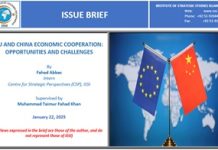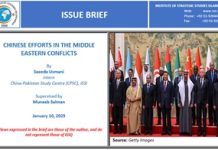Abstract
South Asian nuclear tests in summer of 1998, heralded a new chapter in the pervasive & deeply rooted sub-continental cold war, bringing forth the sobering realisation that given geographical proximity and an inherent risk of tension escalation, there is a need to implement safeguards against incidental or accidental nuclear weapons usage, as well as avoidance of brinksmanship. Lahore MoU of 1999 and the comprehensive dialogue process (2004) were positive steps initiated to institutionalise nuclear restraint measures. However, after making initial progression, this critical track like other tracks of dialogue also faced a setback. Exacerbated further by populist ultra nationalist rhetoric and anti-Pakistan hate mongering of the Saffron regime in India under Narendra Modi. The March 2022 Indian missile incident, trivialised as a mere accident is latest in the series of such episodes, that breaches mutual nuclear restraint protocols. This paper revisits the often overlooked yet established nuclear restraint protocols between the two countries, seeking the fundamental question, whether the South Asian neighbours recognise the risks and consequence of using nuclear weapons as elements of political currency. Can this incident be used as a positive turning point in helping usher a viable risk reduction regime between the two adversaries or the region is destined to gradually slide up the escalation ladder to an eventual catastrophe.














